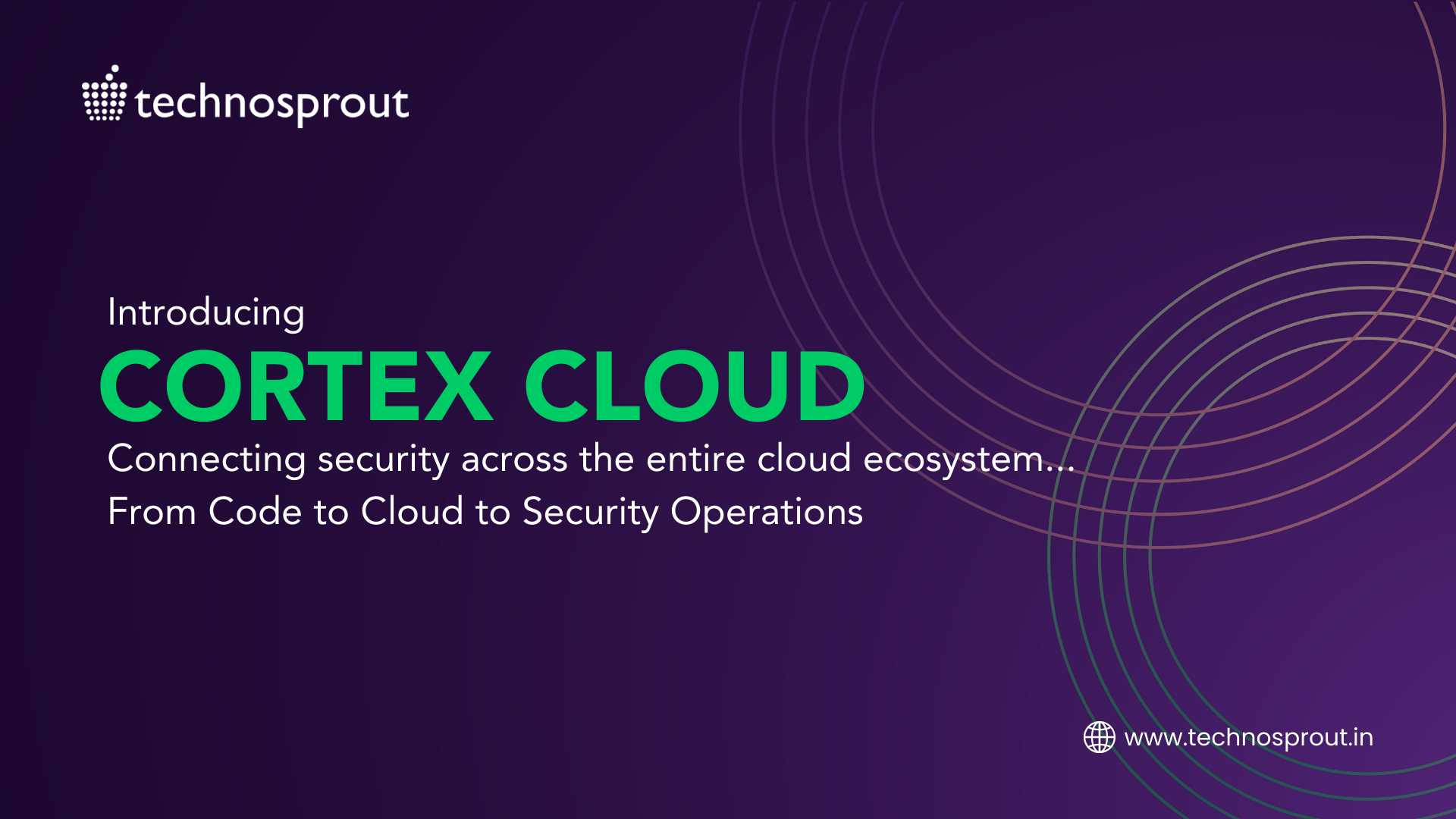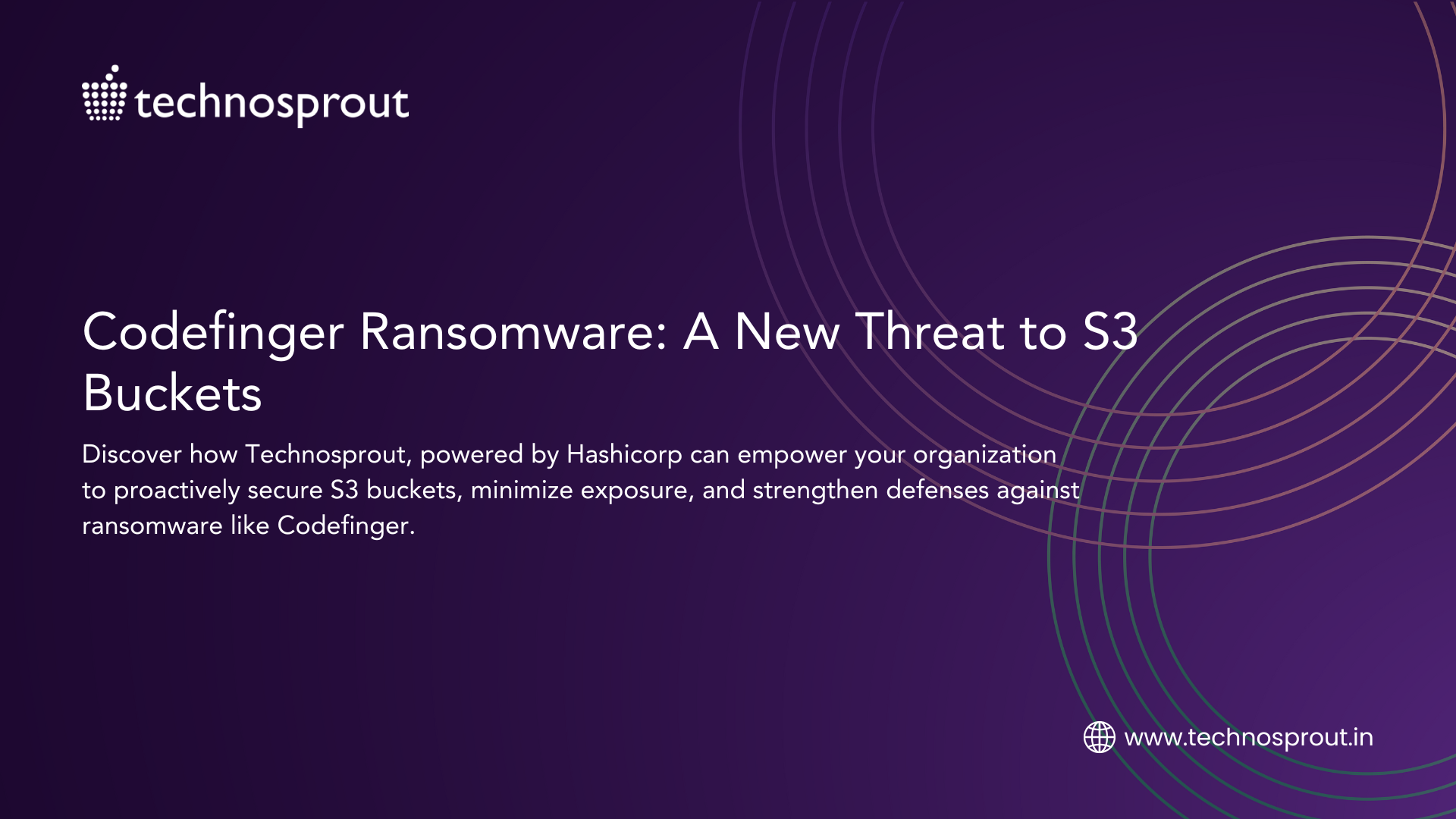The overwhelming fact about the cloud is that new threats rise at an alarming rate, which brings us to our current challenge, the “Codefinger ransomware attack”. This brings to light a growing concern: the increasing vulnerability of cloud-based data.
The above being said, for those organizations relying on Amazon S3 for data storage, the rise of Codefinger is a wake-up call to strengthen their defenses.
Understanding Codefinger Ransomware
Let’s just put it up simply Codefinger ransomware specifically targets businesses that use Amazon S3 buckets for data storage.
Here’s how it works:
Exploiting SSE-C
At the heart of Codefinger’s attack strategy is AWS’s Server-Side Encryption with Customer-Provided Keys (SSE-C). While SSE-C improves security by allowing organizations to control their encryption keys, it also creates a significant vulnerability. If these keys are compromised, attackers can gain complete access to the encrypted data.
Compromised Credentials
Codefinger ransomware does not take advantage of AWS vulnerabilities; instead, it relies on compromised or publicly exposed AWS account credentials. These credentials are used to encrypt S3 bucket data with SSE-C, which processes encryption keys securely without storing them.
Data Lockout
Once attackers acquire the customer-provided encryption keys or AWS credentials with S3 permissions, they can encrypt the data in the targeted S3 buckets. This makes the data inaccessible to the rightful owners, effectively locking them out of their critical information.
Ransom Demands
After the encryption, victims usually receive a ransom demand. To get the decryption keys, payment is necessary, but there’s no assurance that paying will actually restore access. The encrypted files are often set to be deleted within seven days, increasing the pressure on victims to comply.
The Devastating Impact of Codefinger Ransomware
A successful Codefinger attack can have severe consequences for businesses:
Business Disruption: Data is essential for the smooth functioning of modern businesses. Being unable to access vital data can disrupt daily operations, leading to financial setbacks and damage to reputation.
Data Loss: When decryption keys are missing or backups fall short, companies face the risk of irreversible data loss. This can impede operations, affect compliance with regulations, and erode customer trust.
Increased Costs: Even if victims choose to pay the ransom, there’s no assurance of success. Beyond the ransom itself, organizations incur expenses related to data recovery, system remediation, and incident response. Furthermore, AWS’s limited CloudTrail logging capabilities complicate forensic analysis, adding to the challenges faced by victims.
Mitigating the Risk of Codefinger Ransomware: Taking proactive steps can greatly diminish the likelihood of falling prey to Codefinger Ransomware or similar ransomware attacks. Here are some essential strategies:
1. Restrict SSE-C Usage: Limit the application of SSE-C encryption through AWS Identity and Access Management (IAM) policies. This helps prevent attackers from exploiting this method to encrypt data maliciously.
2. Robust Key Management: Implement strong key management practices to effectively secure encryption keys. Utilizing a dedicated key management service, like HashiCorp Vault, can centralize key storage, enforce strict access controls, and facilitate automated key rotation.
3. Principle of Least Privilege: Adopt the principle of least privilege to ensure that users and systems have access only to the data and resources they truly need. This reduces the potential impact of breaches.
4. Regular Backups: Keep regular, immutable backups of critical data. Store these backups securely and separately from the main system to ensure they remain out of reach of attackers.
5. Security Awareness Training: Train employees on the risks of ransomware and social engineering tactics. Well-informed staff can act as a strong first line of defense against cyber threats.
6. Enhanced Logging and Monitoring: Enhance AWS logging capabilities, such as utilizing CloudTrail, to identify unusual activities. Regularly audit and rotate AWS keys to minimize credential exposure and ensure adherence to best practices.
7. Incident Response Planning: Create and routinely test an incident response plan to effectively tackle ransomware attacks. The plan should outline procedures for data recovery, system restoration, and clear communication.
Ransomware Strikes S3: How Technosprout CanHelp
This ransomware attack presents a significant challenge for organizations relying on S3 for data storage. By compromising the encryption keys, attackers effectively hold the data hostage. Traditional backup and recovery solutions may be ineffective if the backups are also encrypted with the compromised keys.
Technosprout with its trusted partners can help you amongst the myriad options available,
The HashiCorp Solution
HashiCorp Vault and Terraform offer a powerful combination to mitigate the risks of this type of attack:
- Vault: Centralized Secret Management
- Key Management: Vault can securely store and manage all encryption keys used for S3 buckets. This eliminates the risk of keys being stored directly on the bucket or within the application code, reducing the attack surface.
- Least Privilege: Vault enforces the principle of least privilege, granting only necessary access to keys. This minimizes the impact of a successful attack, as attackers would need to compromise multiple systems (Vault itself and the specific application) to gain access to decryption keys.
- Automated Key Rotation: Vault can automate the regular rotation of encryption keys. This significantly increases the difficulty for attackers to maintain persistent access to encrypted data, even if they initially compromise a key.
- Terraform: Infrastructure as Code
- Automated Provisioning: Terraform can automate the creation and configuration of S3 buckets, ensuring that security best practices are implemented consistently. This includes proper encryption configurations, access control policies, and integrations with Vault for key management.
- Immutable Backups: Terraform can be used to create immutable backups of S3 buckets. These backups cannot be modified or deleted, providing a reliable recovery point even if the primary data is encrypted by ransomware.
- Rapid Response: In the event of an attack, Terraform can be used to quickly spin up new infrastructure with updated security configurations and new encryption keys, minimizing downtime and accelerating recovery efforts.
Implementing the Solution
- Integrate S3 with Vault: Configure S3 buckets to use SSE-C with keys stored and managed by Vault.
- Implement Least Privilege Access: Grant only the necessary permissions to applications and users to access and use encryption keys within Vault.
- Automate Key Rotation: Schedule regular key rotations within Vault.
- Utilize Terraform for Infrastructure Management: Leverage Terraform to automate the provisioning, configuration, and management of S3 buckets, including encryption and backup strategies.
To Learn More about Technosprout and Explore the Solution, simply get in touch with us and experience the Cloud Security Nirwana you have always aspired to.
Have you or your organization experienced any ransomware attacks targeting cloud storage? Share your experiences and insights in the comments below.
What other security measures do you think are crucial for protecting S3 buckets from ransomware threats? Let’s discuss.





